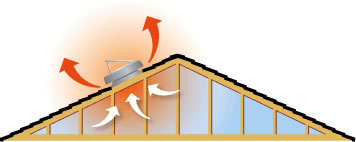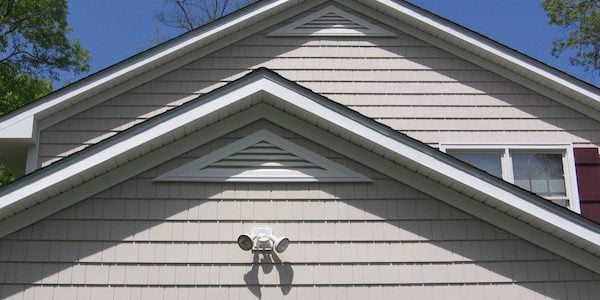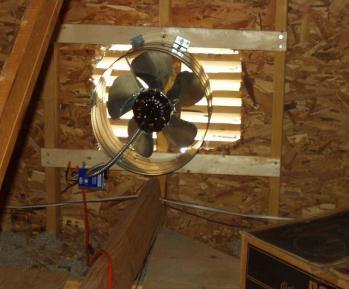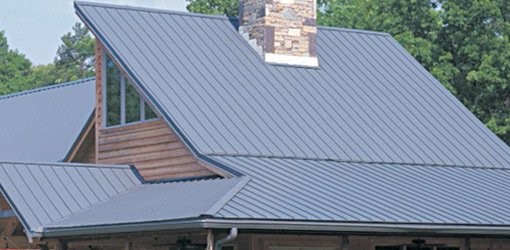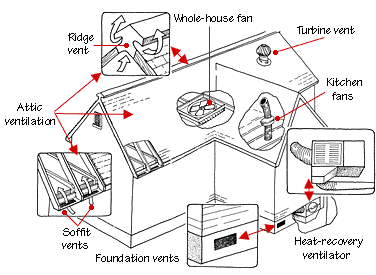My idea is to vent the build up of hot air that has risen to the ceiling in the hotspot rooms into the attic so that air from cooler parts of the house can move in.
Configuring attic ventilation based on outside temperature.
Attic ventilation fans are a type of attic fan that cools attics by pushing hot air outside while pulling in cooler air from soffit and gable vents.
Ventilation is another key factor.
Attic temperature depends on the outside temperature and it also depends if your house is insulated.
Lowering the temperature in the attic can lower the temperature in the rest of the home reducing the amount of time the home s air conditioner spends running.
You can test the temperature level using a couple of thermometers.
Roof shingle temperatures will be higher during no wind conditions leading to a higher heat load on the attic.
Place them in separate places and then calculate.
Or is there an formula that is used to calculate the temp using wind speed humidity and air temp.
Calculations indicate that on a july day in texas a ventilation rate of one air change per minute for a typical attic using 95 degree f air will lower the peak attic temperature to about 101 degrees f.
They differ from whole house fans which are attic installed fans intended to cool the entire home rather than simply maintain proper attic temperature.
Then stack effect is the prime air mover driven by the attic to outside air temperature difference.
Low cfm similar to a bathroom vent 300cfm and only in the hot spots basically by adding an inline ducting fan to the return ducts for the hotspot rooms.
Proper insulation but poor ventilation will lead to high temperatures and thus high humidity.
Attic fans draw cooler outside air into the hot attic area through attic vents located either on the roof or on the wall near the gable to reduce the space s temperature.
Providing half air change per minute will lower the temperature to about 106 degrees f.
Attic ventilation works on the principle that heated air naturally rises primarily utilizing two types of vents.
Intake vents located at the lowest part of the roof under the eaves allow cool.
Therefore the greatest need for attic ventilation is when there is little wind pressure to force air in and out of the attic.
If your attic soars above 100 degrees and reaches the 150 mark its time to consult.


